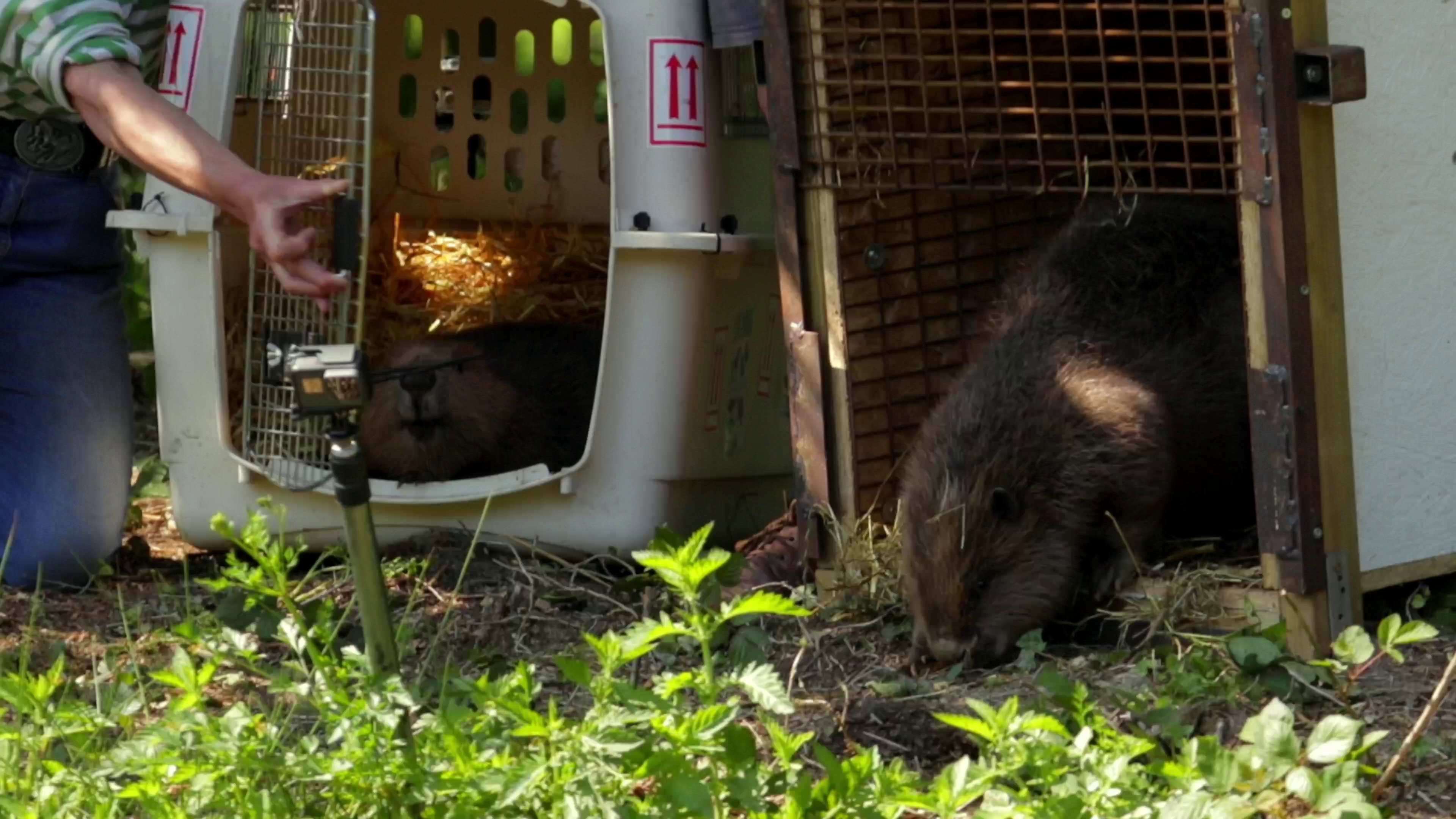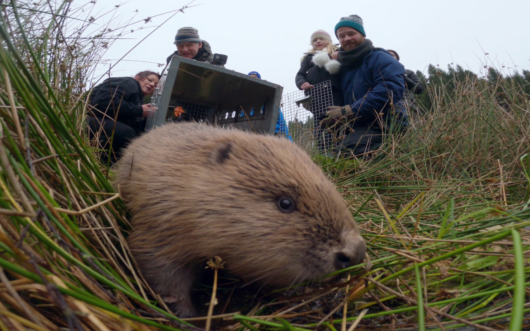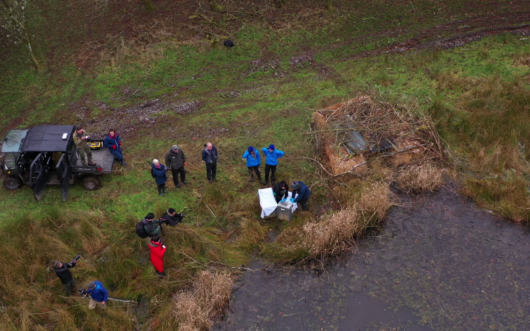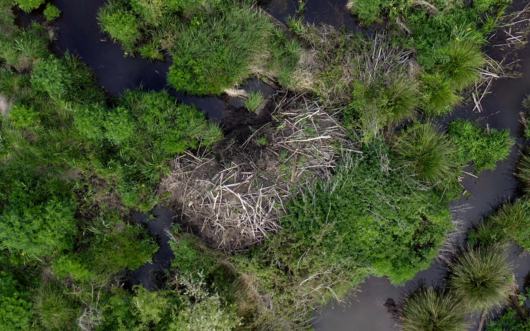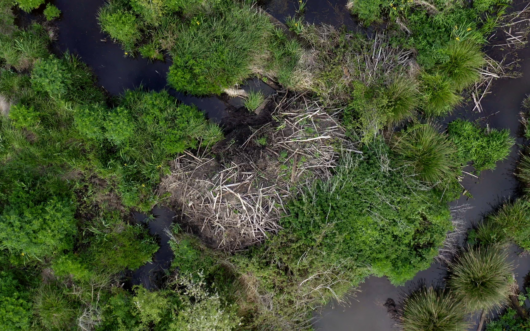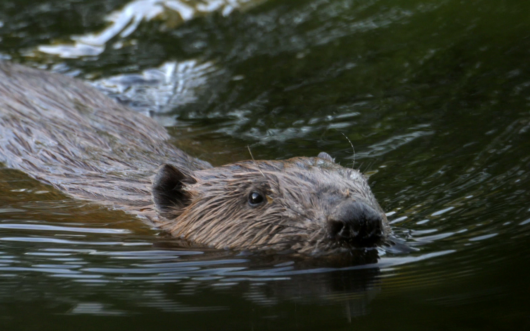As beaver numbers tick higher, conservationists push for clearer guidance on reintroductions.
The manicured English countryside was once a wilderness of wetlands sculpted by beavers—nature’s busiest landscape architects. When the industrious rodents were hunted to extinction on the island some 400 years ago, the wetlands they maintained largely vanished, eventually replaced by farmland and urban development. Now, as part of Britain’s broader rewilding mission, conservationists are returning beavers to the landscape—and boosting biodiversity in the process.
Wild Hope’s Beaver Fever tells the story of the sometimes-triumphant, sometimes-controversial return of the beaver. Since filming for the episode wrapped last year, beavers have gained even more public support. But it hasn’t all been smooth swimming.
A legal foothold
A landmark victory came in October 2022, when an update to conservation regulations gave beavers legal status in England as “native” and “protected” species. That makes it illegal for most people to kill or disturb beavers if they belong to an officially recognized population.
These protections are great news for beavers in the River Otter in Southeast England, says Matt Holden of Devon Wildlife Trust. His organization’s efforts to reintroduce beavers here from 2015 to 2020 helped earn the rodents their protected status. And their hard work is paying off: According to recent surveys, the River Otter beavers have been busy growing their families and expanding their range, going from just two territories in 2015 to 21 in 2021.
But these rising numbers up the odds of beaver-human conflict. When a beaver does move onto someone’s property, regulations call for a five-step approach. The first step is reaching out to a local conservation organization like the Devon Wildlife Trust for information and advice about how to peacefully live alongside their new furry neighbor. The second step is making space for beavers to reduce the risk of future conflict. Step three is taking proactive measures like installing tree guards to stop a potential conflict before it happens.
Only when all of this fails can a farmer request a more hands-on intervention, like lowering a problem dam or diverting the flow of unwanted water. And only when all four of those steps don’t work are landowners allowed to eradicate the animals.
Luckily, says Holden, drastic measures have not been necessary so far. In recent months, the Trust has more than doubled its network of beaver volunteers, whose main job is to keep track of expanding beaver territories and deescalate conflicts.
Muddy waters
But for beavers outside the River Otter, the regulatory waters are still murky. That’s because the River Otter beavers are currently the only officially recognized wild population in England—all other wild beavers are considered “unofficial.”
Most of these populations’ origins are shrouded in mystery. “They are still considered kind of illegal populations, or populations of beavers that we don’t know the origins of,” Holden says.
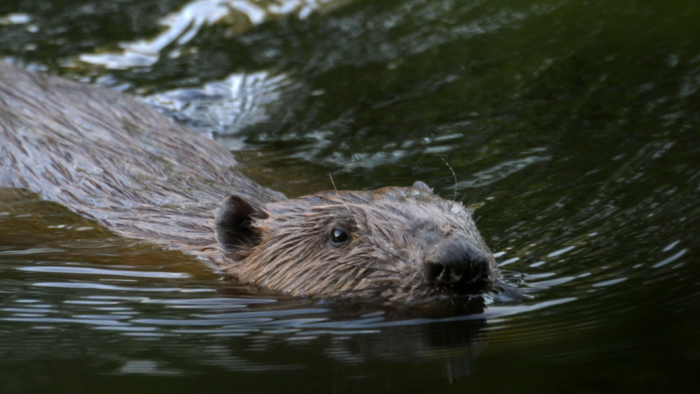
The government has also been slow to provide a path for their recognition, says Holden. And there’s no legal framework to guide future wild reintroductions. “One thing we need from the government is clarity,” he says. Because that is still lacking, at least three pending wild releases in England are currently in limbo.
Scotland’s latest release
As England’s beavers gnaw their way through a forest of red tape, Scotland has laid out the red carpet. Since 2019, the nation to England’s north has protected beavers as a native species; its “national beaver strategy” gives a clear legal path for wild releases through the year 2045.
Since beavers gained this legal protection, 28 have been released at three established project sites in southwestern Scotland, says Róisín Campbell-Palmer, head of restoration for Britain’s Beaver Trust. But she is particularly excited about a release at a new location that could take place as soon as this fall.
Cairngorms National Park in northern Scotland hopes to be Britain’s first national park to host wild beavers. If the project goes forward, it would be one of the biggest wild beaver releases in Britain. While the exact number isn’t finalized, the plan is to release several beaver family units at different locations around the River Spey. This [would be] a big sign of positivity, that a national park would recognize the importance of beavers as part of their natural wildlife,” Campbell-Palmer says.
Though it’s happening in fits and starts, the return of Britain’s wild beavers offers hope that the island nation’s wetlands are also on the road to recovery. “There is an opportunity… to restore some really heavily degraded river and stream habitats,” says Holden. “The potential nature benefits of this, and the benefits to society, are huge.”
